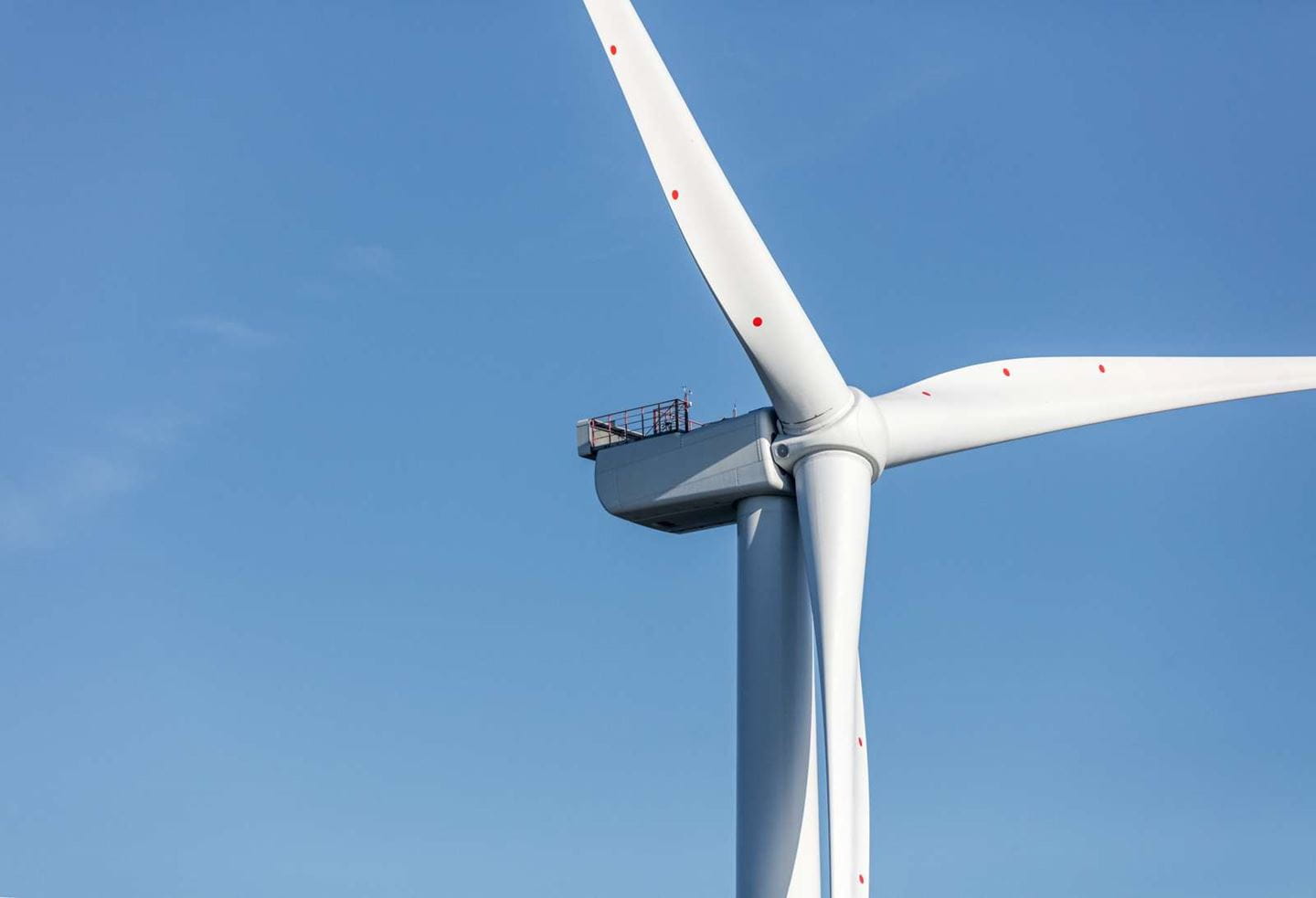Wind turbines have long been celebrated as a clean and renewable source of energy, but an environmental challenge looms large as the industry grapples with the disposal of giant turbine blades. Nearly 100 massive turbine blades from Scotland’s first wind farm, Hagshaw Hill, are currently being placed into storage as the renewable energy sector faces a pressing dilemma: how to recycle these complex structures effectively.
The Recycling Predicament
Turbine blades, often reaching an average length of 116 feet, are notorious for their recycling difficulty. These blades are constructed using materials like glass fiber or carbon fiber, which pose recycling challenges. Additionally, they are engineered to endure harsh weather conditions, making them exceptionally robust. These characteristics make turbine blades far from ideal candidates for standard recycling processes.
As Scotland’s wind energy sector continues to grow, a significant number of these blades are reaching the end of their operational lifespan. Currently, more than 4,000 turbines are operating in Scotland, and many of the earliest ones are approaching their 25-year lifespan, resulting in an estimated 5,500 discarded blades by 2050.
The Absence of a Landfill Ban
What complicates this issue further is the absence of a landfill ban on turbine blades in Scotland and the UK as a whole. Unlike some European countries like Austria, Finland, Germany, and the Netherlands, where such bans exist, turbine blades in the UK are finding their way into landfills. This scenario raises concerns among environmentalists who advocate for sustainable waste management practices.
The Repowering Effort
Hagshaw Hill wind farm, which has been operational for 28 years, is currently undergoing a “repowering” process by Scottish Power Renewables. The plan involves replacing the older, smaller turbines with fewer but significantly larger ones. These new turbines, with a towering height of 200 meters from the ground to the blade tip, are expected to harness renewable energy more efficiently.
However, as the first-generation turbines are dismantled, the problem of recycling the older blades emerges. Campaigners fear that many of these blades may have already ended up in landfills due to the lack of sustainable disposal options.
Seeking Solutions
The wind energy industry is acutely aware of this recycling conundrum. While approximately 85% of wind turbine components can be recycled, the blades remain a considerable challenge due to their materials and robust construction. To address this issue, companies like Scottish Power Renewables and SSE Renewables are actively seeking sustainable solutions to avoid sending these blades to landfills.
Both companies emphasize their commitment to repurposing turbine components and materials. Some components can be reconditioned, reused, and employed for research and training, while others can be recycled or repurposed in innovative ways.
The Call for Government Action
Campaign groups like Scotland Against Spin (SAS) argue that addressing the environmental impact of non-recyclable blades should have been a priority long before decommissioning began. SAS spokesperson Aileen Jackson questions why the Scottish Government’s ambitious wind energy expansion plans lack clear provisions for recycling.
The Scottish Government acknowledges the recycling challenges but emphasizes the renewable sector’s increasing efforts to adopt innovative designs, processes, and decommissioning approaches aimed at achieving a more circular model.
As the wind energy industry continues to expand, the dilemma of recycling turbine blades remains a critical issue that calls for creative solutions and government commitment to sustainable waste management practices. The goal is to ensure that the renewable energy sector truly lives up to its environmentally friendly reputation.




